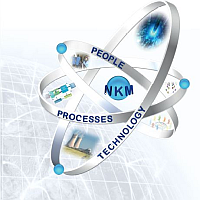Speaker
Mr
David Heler
(Nuclear Human Resources Group)
Description
The US nuclear energy industry has focused on workforce development and planning efforts over the past decade in anticipation of a large number of retirements taking place. Efforts by the US nuclear industry to replace retiring workers with younger staff to close the knowledge gap and improve organizational proficiency have started. This is resulting in a bimodal workforce distribution, which means that the industry has two workforce peaks. The 2015 Nuclear Energy Institute (NEI) Workforce Pipeline Survey results illustrate a significant number of experienced and young professionals, with fewer employees in the mid-career age group. This workforce distribution can pose a challenge for US nuclear industry to ensure it has effectively implemented knowledge management elements (People, Process, and Technology) to improve organizational proficiency and maintain critical skill sets. This technical brief will examine how one US nuclear plant performance dropped, which in part was a result of a significant demographic shift in their organizations. In addition, the paper will explore the challenge organizations may have as they undergo demographic changes without proper knowledge management programs in place.
| Country or International Organization | United States |
|---|
Author
Mr
David Heler
(Nuclear Human Resources Group)
Co-author
Mr
Jose A Marco
(Arizona Public Service Company - Palo Verde Nuclear)

